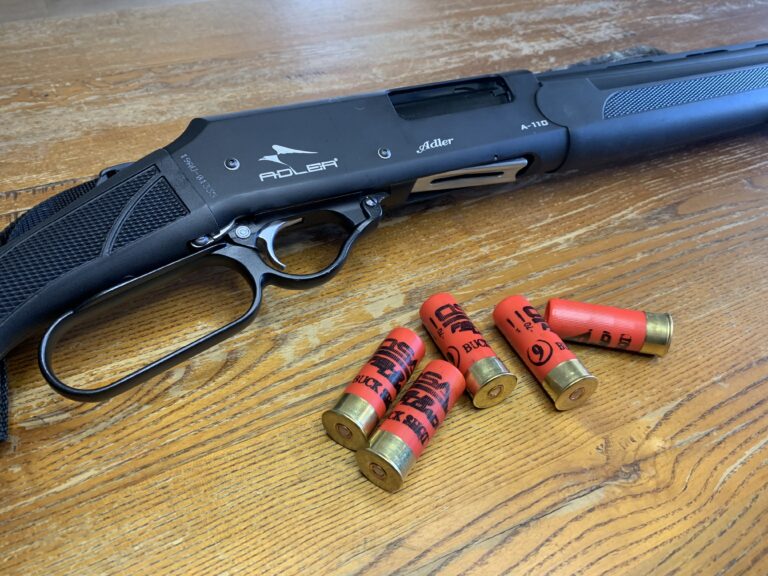This article was written a few hours after I attempted to rescue a turtle from a crab trap in Myuna Bay, NSW, on the 15th of January, 2022. I was notified of the incident through a local Facebook page. After gathering a pair of gloves and a knife, I promptly made my way down to the tagged location to see if I could release the trapped turtle. Upon arrival, I located the animal in question. Unlike what I had witnessed in the online video, the turtle was no longer thrashing about wildly, in an attempt to break free. The turtle was now deceased.
The condition of this trap said everything – There was no float, no name tag, and the mouth of the trap had not been modified, as per legal requirements. In addition to this, the trap was located near a small lagoon that was closed off to recreational fishing. These factors led me to believe the trap had been set illegally. The lack of rust on the steel frame also suggested the trap had been recently set. Therefore, it was not a lost or discarded trap – otherwise known as a ghost trap.
Unfortunately, this situation has become far too common along the east coast of Australia. Illegal fishing, ghost traps, and poor-quality gear continue to harm protected species of animals and impact the reputation of the recreational fishing community. Thankfully, there are a few things that we can do as responsible anglers to ensure that we reduce our impact on marine life. A few of these strategies are listed below –
Invest in good quality gear
Cheap gear will always catch people’s attention. However, it’s rarely worth the asking price. Around 13 (or so) years ago, I bought a stack of cheap crab traps from an old bloke in Brisbane*. This was at a time when they were still expensive and difficult to come by. Even for used equipment, they were in pretty rough shape. Often, I found myself wasting hours on end, repairing the brittle and damaged net, only to pull up empty traps with more holes in them. At some point, I finally conceded defeat and threw them away. I then invested my money in some newer, better-quality gear – which improved my success rate.
In this situation, throwing the traps away was the best possible outcome. However, they could have just as easily ended up as marine hazards for turtles or watercraft – should they have deteriorated in the water. So, the point of my story is this – We all make mistakes! Save yourself the time and frustration, and take advice from someone who’s learned the lesson the hard way – invest in decent quality gear. Not only will this reduce the impact of protected species of animals, it will improve your probability of success when trapping in your local estuary.
*Side note – This bloke claimed to have invented the ‘4 entry’ round crab traps. He went on to suggest that he was pursuing legal action against BCF, as they had recently started to mass-produce his invention. I never did find out if he was telling the truth…
Adjust your traps
Whether targeting fish or crabs, we all want to increase our catch rate. One of the best ways to achieve this is to modify your traps. While it may seem counterintuitive, making the entry way to your crab trap smaller will stop crabs from exiting your trap once your bait has been depleted. For rectangular collapsible traps (as per the photo used for this guide), add a cable tie to the centre of each entryway to split it into two smaller holes. Don’t worry, crabs are like the rats of the ocean. If there’s an opening, they’re going find a way to get in there. Turtles, on the other hand, won’t be able to fit inside due to their girth.
The second modification that should be made to your trap is adding weights to your float rope. A floating rope has the potential to become entangled in someone’s propeller. This does a few things; it ruins someone’s day and puts them at risk of serious injury. It also creates “ghost traps” – which are a major hazard to marine life. To prevent this from occurring, simply crimp a few lead weights onto the float end of your rope, approximately 1m apart. Depending on the length of your rope, you should only need 2-3 weights to weigh it down.
Reduce your soak times
Contrary to popular belief, it doesn’t take multiple days to land a crab inside your trap. If you’re smart about your trap placement, and a tad lucky, 6-8 hours is more than enough time to catch a feed. Minimising your soak time will not only reduce your risk of catching a turtle, but it will reduce the risk of your traps becoming stolen or raided. That’s a win-win situation for everyone.
Convert your witches’ hats to lift nets
Most people consider these traps to pose a low impact on marine animals. Unfortunately, this is not the case at all. Turtles may still become entangled in the raised net section of these traps. But don’t throw it out just yet, you can reconfigure these traps and them more eco-friendly. Firstly, remove the rope at the pointy end (top) of the net. Next, tie your float onto the metal hoop with 3 equally spaced lengths of rope. This will convert it to a “lift net” trap, which allows turtles to swim around your gear, without any risk of getting tangled in it.
Remove ghost nets and abandoned traps
Abandoned traps can be difficult to spot in the water. However, they are relatively easy to collect once found, by using a grapple or reef anchor. Removal of these traps will reduce marine hazards – which may otherwise impact aquatic life and recreational boaters. Don’t forget to dispose of them thoughtfully – by cutting the net and dropping them off at your local tip, or state Fisheries trap collection event.
Final thoughts
Getting back to my original story – the attempted rescue of the turtle. While it did not survive being entangled in the trap, there was one positive that I took away from this experience – That genuine care for our native animals was still alive in our community. It was humbling to be among several people who responded to the call for assistance. Last I heard, the Australian Seabird and Turtle Rescue was making inquiries to have the body donated to the Australian Museum for research purposes. Hopefully, they can draw something positive from an otherwise terrible situation.










